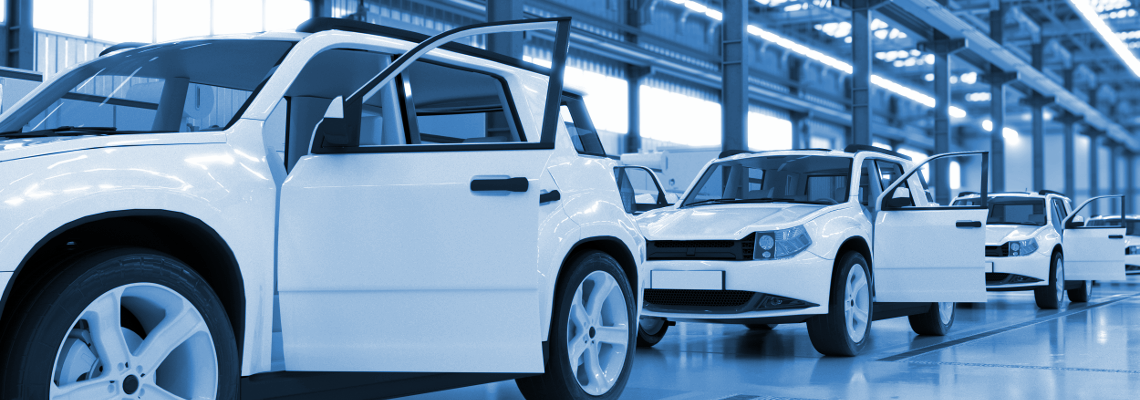Will Fuel Cell Cars Be Relevant in 20 Years?
Research by IDTech predicts that by 2044, hydrogen fuel cell cars will represent only about 4% of the total zero-emission passenger vehicles market. While the research predicts that hydrogen fuel cell cars would be a “very small portion” of the car market, IDTech also forecasted that about one fifth of zero-emission trucks would run on hydrogen.
Greater upfront costs for FCEVs over both combustion engine vehicles and BEVs, and increasing running costs makes an fuel-cell car a hard sell for consumers. IDTech cited lack of hydrogen refueling as a significant factor holding back FCEV




